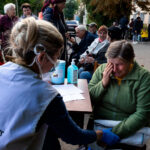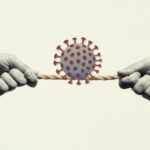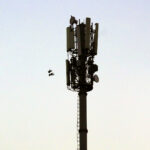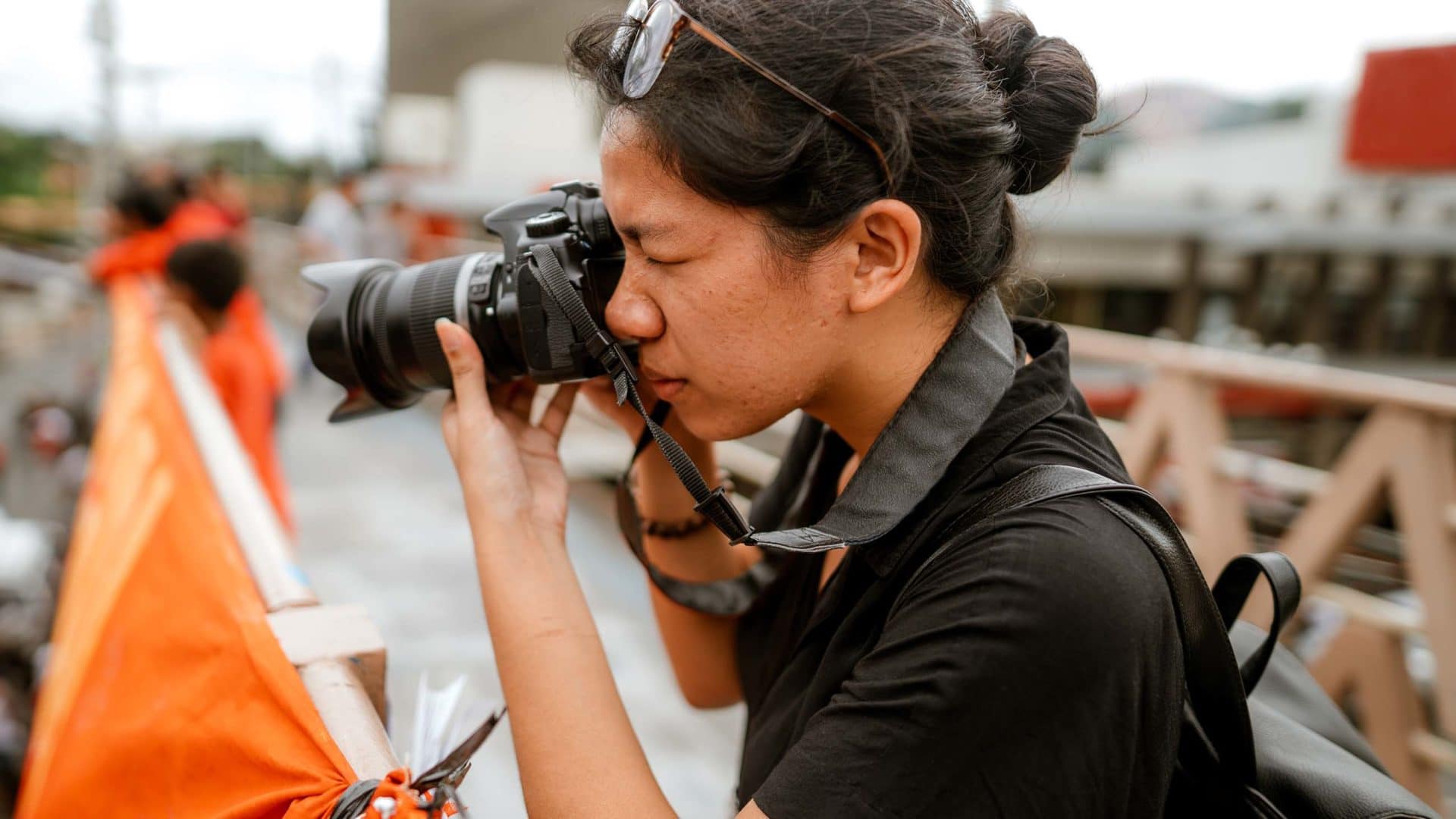This year, as in the past, the Nobel Prize’s science awards overwhelmingly went to white men. Nine of the 12 laureates in chemistry, physics, physiology or medicine, and economics were white men from North America or Europe, and only one was female. Many commenters noted the gender imbalance. Fewer pointed out the racial and ethnic imbalance. Although the skewed distribution of this year’s laureates doesn’t reflect the reality of today’s scientific workforce, it does drive public perception of what a scientist looks like.
This raises a core question that science journalists will grapple with this weekend at the annual meeting of the National Association of Science Writers (NASW) in State College, Pennsylvania: How can we boost diversity, inclusion, and representation in science journalism, and might that lead to more impactful journalism?
Since I left my full-time journalism job nearly three years ago to direct the University of California, Santa Cruz Science Communication Program, I’ve been thinking about how to address that question. I’ve been learning from pioneers including Apoorva Mandavilli and Nidhi Subbaraman, who launched NASW’s Diversity Committee; Siri Carpenter, who, with the NASW Diversity Committee, produces a Diverse Voices series for the website she cofounded, The Open Notebook; Mónica Feliú-Mójer, lead producer of the Background to Breakthrough series of films; and Sunshine Menezes, lead organizer of the Inclusive SciComm Symposium.
I’m also learning from my students. And here’s what they’ve shown me: More inclusive science journalism is better journalism. When we expand our pool of storytellers and broaden our horizons beyond the kinds of stories we’ve long told, we will produce work that more fully reflects the spectrum of how science is done and why it matters to society.
Indeed, I’ve already seen this in the time that I’ve directed the UC Santa Cruz program, which trains 10 young science writers each year. As a first step toward diversifying the field of science journalism, our program has worked to recruit a more diverse corps of science writing students. Our recent classes have included students of color; students from underrepresented communities; lesbian, gay, and bisexual students; nonbinary students; and students from all over the U.S. and the rest of the world.
All of our incoming students are required to have science degrees and research experience. So my students have often experienced the inequities that frequently hamper the careers of female scientists and scientists of color. And they’ve seen that science journalism too often takes its cues from science: We tend to cover the topics and people that powerful and influential scientists themselves say are noteworthy. This perpetuates the very forces that distort science to begin with.
For instance, we know that African American scientists are less likely to get major grants from the National Institutes of Health (NIH). That disparity is linked both to racial and ethnic disparities in scientific publishing and to the fact that African American scientists more often propose to study topics related to communities and populations, as opposed to basic science mechanisms.
Identifying the reasons for disparities in health outcomes in a major city, for example, might have a far more direct and immediate impact on our readers’ lives than, say, work on cellular pathways, which may take decades to result in life-changing breakthroughs. Work by female scientists and scientists of color should be funded, published in top-tier journals, and celebrated with major prizes. But that isn’t happening as often as it should be — yet.
So if we want to explore how science affects our readers’ lives, we must reach beyond the most famous scientists in a field, those who publish their work in “high-impact” journals and get major grants. By ignoring the vast universe of research that might have a more tangible link with our readers, we’re doing them a disservice.
The young science journalists I work with understand this. They come to our program because they want to share their passion for science as they believe it should be practiced: with integrity and humanity, not just with an eye toward enormous government grants. They want to explore how science intersects with and impacts ordinary people’s lives. So they often want to cover different stories than we have in the past.
As an experiment this year, we decided to try centering all of the stories in our magazine feature writing class on work by scientists of color and female scientists. We also encouraged our students to expand their thinking about what kinds of stories count as science coverage. We invited them to consider not only fields like biomedicine, ecology, and physics, but also social science and environmental justice.
These efforts pushed our students to become better journalists. They found fresh narratives about women and people of color studying infectious disease, astronomy, physics, and more. They became motivated to pursue journalism that makes an impact — on public understanding of science, certainly, but also on public understanding of who counts as a scientist and what kind of science is worth covering.
For example, one student investigated how new pharmacy regulations on opioids are affecting patients and profiled African American scientists who promote diversity in STEM careers through community outreach in Chicago. One of his classmates explored how researchers are studying the long-term effects of puberty blockers often used to treat transgender children and how the U.S. trade war is making it more difficult for Montana farmers to survive. A third student wrote about industrial pollution in predominantly minority cities in Southern California. Her classmate wrote about a debate over development on sacred Native American land in Silicon Valley and about researchers who worked with community members to establish a farm in a nearby majority-Hispanic city. Another student wrote about the stigma that prevents people with lung cancer from accessing quality health care in Mexico.
Our students wholeheartedly embrace the drive to expand access to science journalism. They want to include more diverse sources in their coverage. They want to tell stories that have been overlooked, and they want to use new mediums to reach broader audiences. They care about the Nobel Prizes. But they also recognize that a story about a researcher making a difference in her local community could make a more lasting impact than another Nobel story.
As a field, we must recognize that these young journalists have powerful instincts. Let’s give them the mentorship, tools, financial support, and training they need to help them act on these instincts — and be prepared to follow their lead.
Erika Check Hayden is an American science journalist and the director of the Science Communication Program, a graduate program at the University of California, Santa Cruz.










